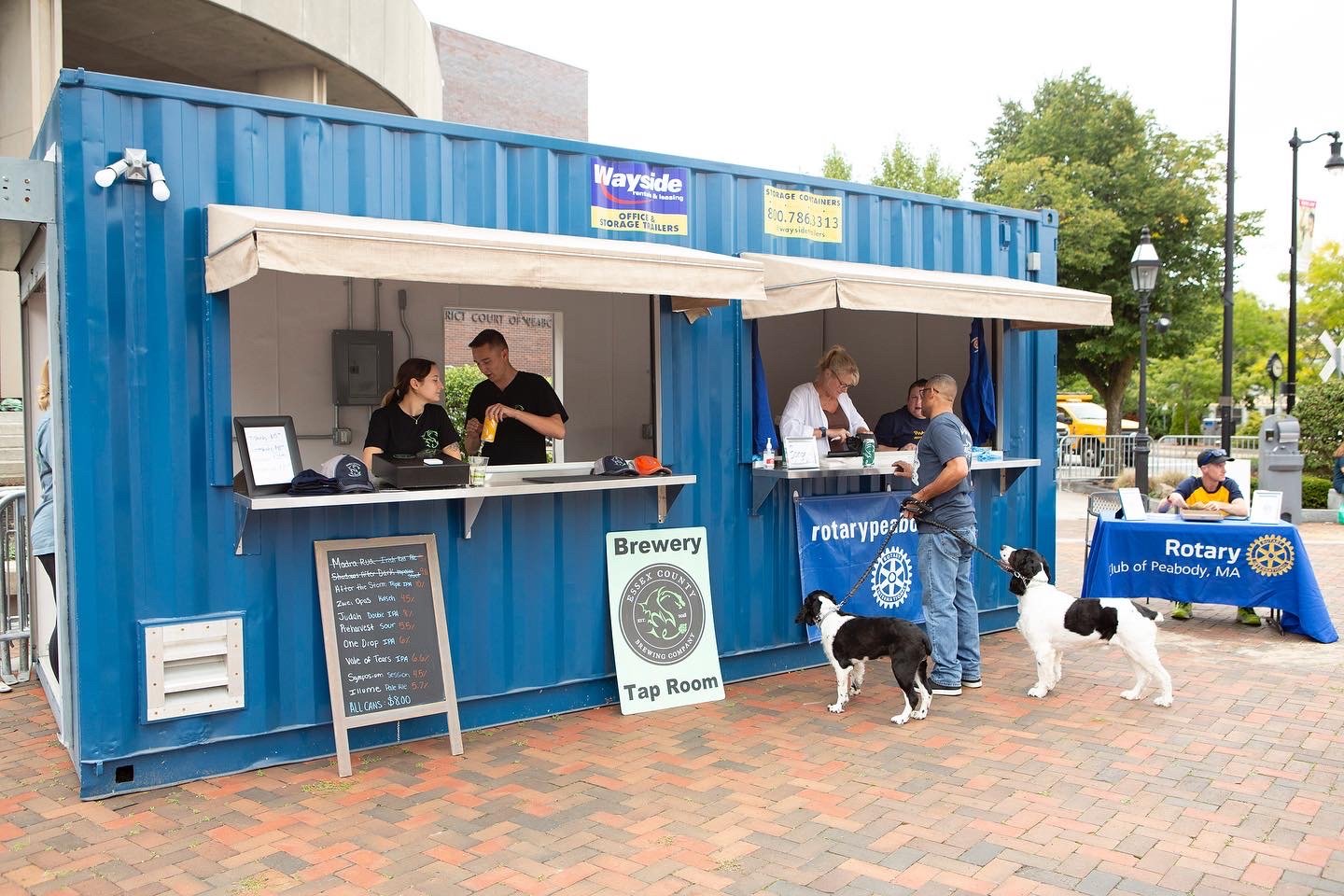
Wakefield, MA
Bandstand at the Lower Common (Lake Quannapowitt)
Built in 1885, this wood-and-granite bandstand anchors the Lower Common on Lake Quannapowitt, a civic gathering spot for concerts and ceremonies. Its heavy timber posts, granite base, and open pavilion form make it a durable reference for exterior wood restoration and stone repointing near open water.

Phone: (781) 486-3795
Lucius Beebe Memorial Library
Opened in 1922, the Classical Revival library uses limestone, brick, and a temple-front portico to define Wakefield’s civic core. Its masonry detailing, slate roofing, and monumental entry are benchmarks for envelope restoration and stone conservation in public buildings.

Phone: (781) 246-6334
United States Post Office — Wakefield Main
Constructed in 1936, this one-story Classical Revival post office was a Depression-era federal project. Brick spandrels and limestone trim create a robust envelope; preservation focuses on masonry cleaning, window restoration, and controlled drainage at grade.

Wakefield Trust Company Building
Built in 1924, this limestone bank at 371 Main Street presents a projecting temple front with four classical columns. Its carved stone, bronze doors, and original storefront systems make it a case study for façade stabilization and compatible storefront retrofits.

Beacon Street Tomb (Lakeside Cemetery)
Dating to ca.1858, this Greek Revival receiving tomb uses ashlar granite and a Doric-columned pediment. The site is a prime reference for granite conservation, joint repointing, and moisture management at grade in funerary structures.
Lakeside Cemetery
Established in 1848 along Lake Quannapowitt, Lakeside Cemetery blends 19th-century landscape design with stone markers and tombs. Contractors will note the variety of stone types and settlement patterns typical of lakeside soils.

Phone: (781) 246-2256
Wakefield Upper Depot (25 Tuttle Street)
The former Boston & Maine “Upper Depot” served the town’s rail era and is listed on the National Register. Timber framing, brick piers, and platform canopies here inform platform drainage and wood restoration strategies near rail corridors.

Wakefield Station (MBTA, 225 North Avenue)
Active commuter rail stop with remnants of historic fabric around the right-of-way. The site demonstrates accessibility retrofits, platform resurfacing, and snow/ice control solutions for exposed rail platforms.
Greenwood Station (MBTA)
Serving Wakefield’s Greenwood neighborhood, the station illustrates small-footprint platform design and signage. Its compact shelters and steel railings are typical of durable, low-maintenance commuter facilities.
Phone: (617) 222-8001
Greenwood Union Church (now Restoration Road Church)
Designed in 1884 by Wait & Cutter, the former Greenwood Union Church is a Queen Anne landmark with later additions. Shingle patterns, wood trim, and asymmetrical massing provide guidance for period-correct exterior carpentry.

Phone: (781) 589-7018
Unitarian Universalist Church of Wakefield
At 326 Main Street, this 19th-century meetinghouse represents the town’s ecclesiastical core. Its clapboard envelope, stained glass, and steeple carpentry highlight typical risks—water ingress at tower bases and paint failure on windward façades.

Phone: (781) 245-4632
Emmanuel Episcopal Church
Founded as a mission in 1869, Emmanuel’s building at 5 Bryant Street mixes Gothic-influenced detailing with traditional New England forms. Masonry buttresses, pointed-arch openings, and slate roofing require careful mortar selection and flashing upgrades.

Phone: (781) 245-1374
First Parish Congregational Church
Overlooking the Lower Common at the town’s historic center, First Parish maintains a prominent timber-frame and steeple profile. Work here typically involves steeple stabilization, clapboard repairs, and lead-paint management on high exposures.

West Ward School (39 Prospect Street)
Built in 1847, this two-story Greek Revival schoolhouse is now a museum property. Original clapboards, window proportions, and cornice returns make it an excellent model for historically accurate trim profiles and paint systems.

Woodville School (Historic Site)
The 1919–20 Dutch Colonial Revival Woodville School (NRHP) was replaced by a new building in 2003 but remains important in town history. Its brick detailing and gambrel massing inform context-sensitive additions in school campuses.

Colonel James Hartshorne House
Wakefield’s oldest public building sits at 41 Church Street with 17th–18th century fabric. Restoration involves timber frame stabilization, lime-based mortars, and preservation of wide-board sheathing and early sash.

Phone: (781) 245-3935
Temple Israel Cemetery
Wakefield’s Jewish burial ground features modest fieldstone and granite markers in a contemplative setting. Work emphasizes respectful stone resetting, biological growth removal, and careful base drainage.
Phone: (617) 566-3960
Wakefield Rattan Company Site (134 Water Street)
Once the world’s leading rattan works, the Water Street complex (NRHP listing) illustrates the town’s industrial heritage. Although the historic mills are gone, the site’s evolution informs adaptive reuse and brownfield redevelopment approaches.

Common District (Downtown Historic Core)
Roughly bounded by Lake Quannapowitt, Main, Common, Church, and Lake Avenue, the Common District includes the library, post office, and early commercial blocks. It’s a living catalog of masonry facades, parapet detailing, and early storefront systems.
Church–Lafayette Streets Historic District
This residential district south of the Common features 19th-century wood-frame houses with brackets, bay windows, and porches. It’s useful for pattern-book-accurate porch restoration, balustrade replication, and historic siding choices.

Lake Quannapowitt (Town Reservoir & Promenade)
Wakefield’s signature lake frames the town’s civic spaces and 19th-century estates. Shoreline walls, paths, and railings provide examples of durable lakeside hardscapes and accessible promenade details for public-realm projects.

House at 2 Nichols Street
A Shingle-Style residence (c.1890) with Tudor and Queen Anne motifs, this corner house displays fieldstone foundations, shingle cladding, and stained glass windows. It’s a reference for stone-to-wood transitions and shingle weathering patterns.

Also Read:
Maximize Your Space with Storage Containers for Rent | The Advantages of Renting a 20 ft Storage Container for Your Work Site
Storage Containers Delivered: Smart Solution for Business Expansion | Why Shipping Container Storage Units Are the Future of On-Site Storage
40ft Shipping Containers for Rent: A Storage Solution That Moves With You | From Job Sites to Pop-Ups: What a Shipping Container Rental Business Can Do
Shipping Containers for Rent: Perfect Solution for Residential and Businesses | Get the Space You Didn’t Know You Needed With 20ft Storage Containers for Rent
The Smarter Way to Store: Rent a Storage Container in Wakefield That Fits Your Needs
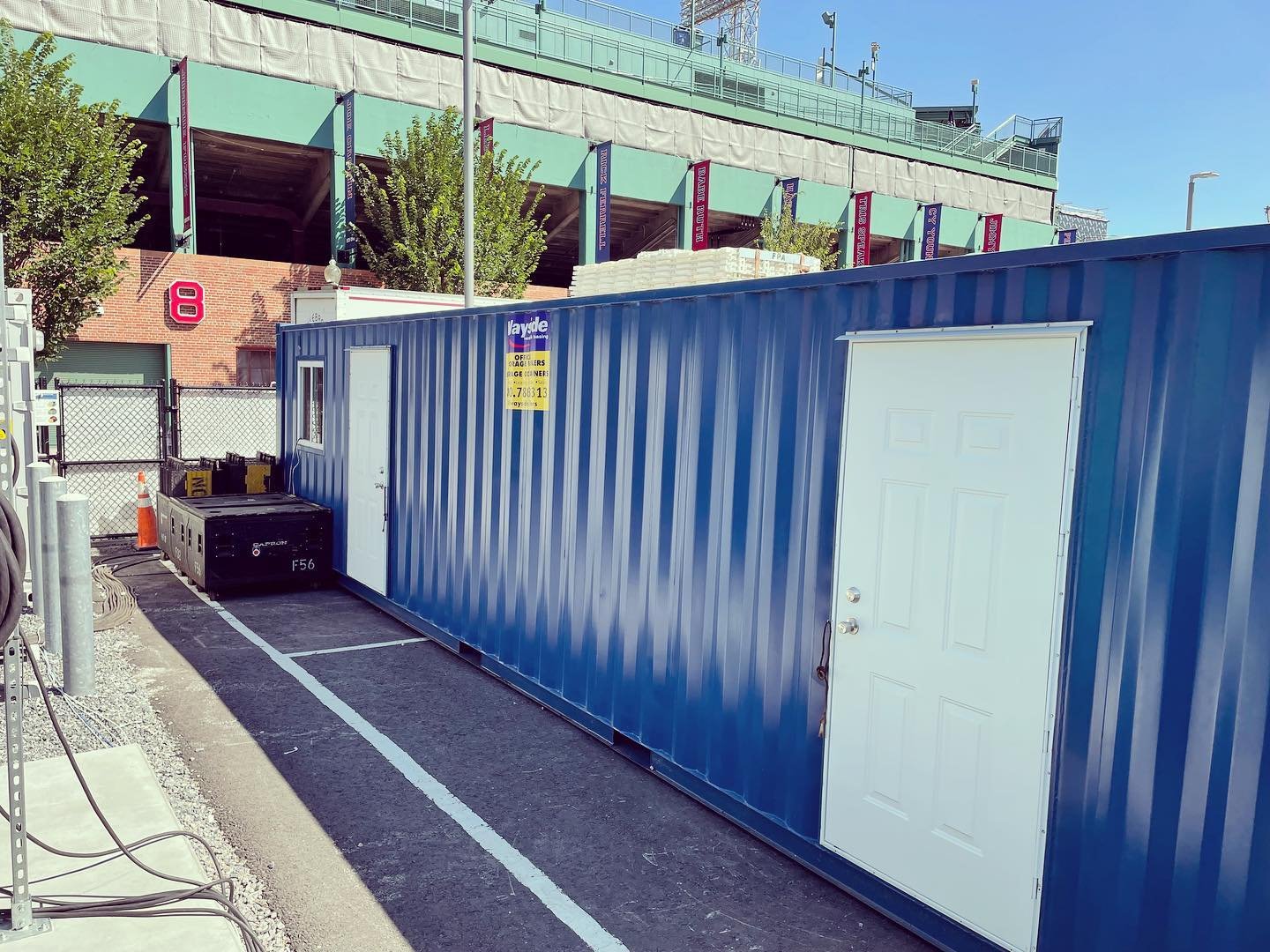
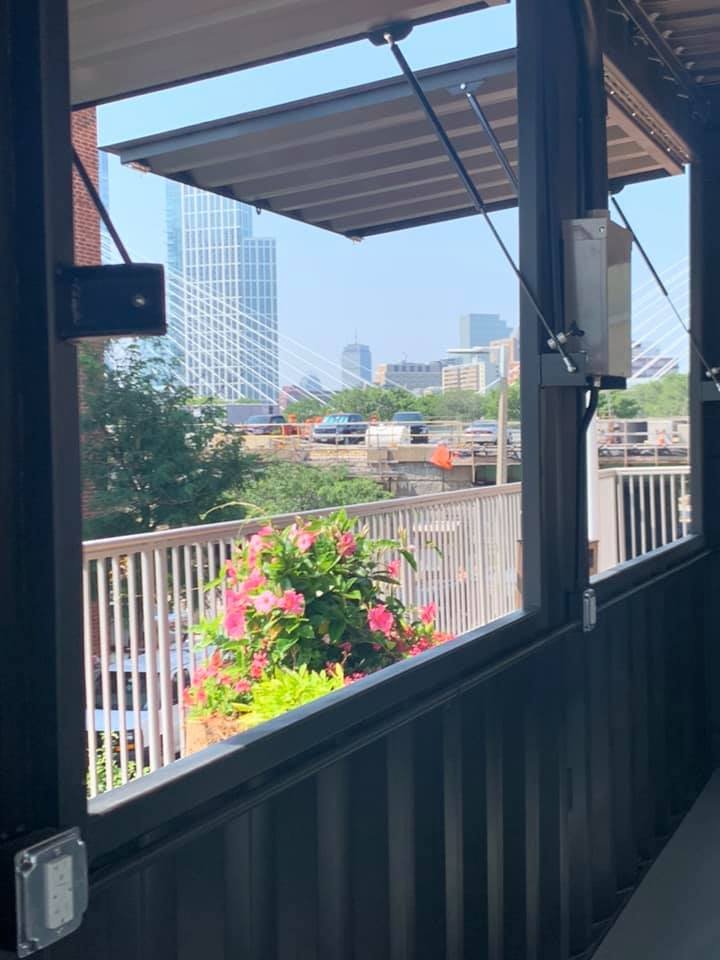
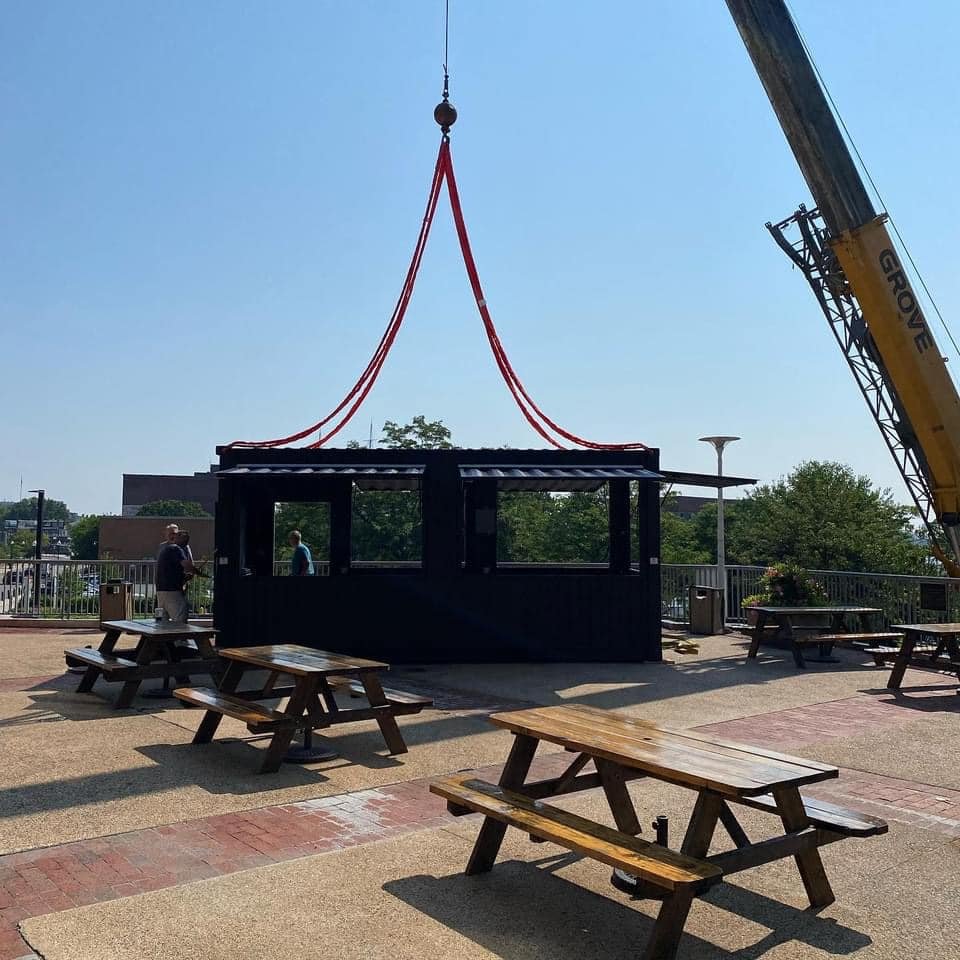
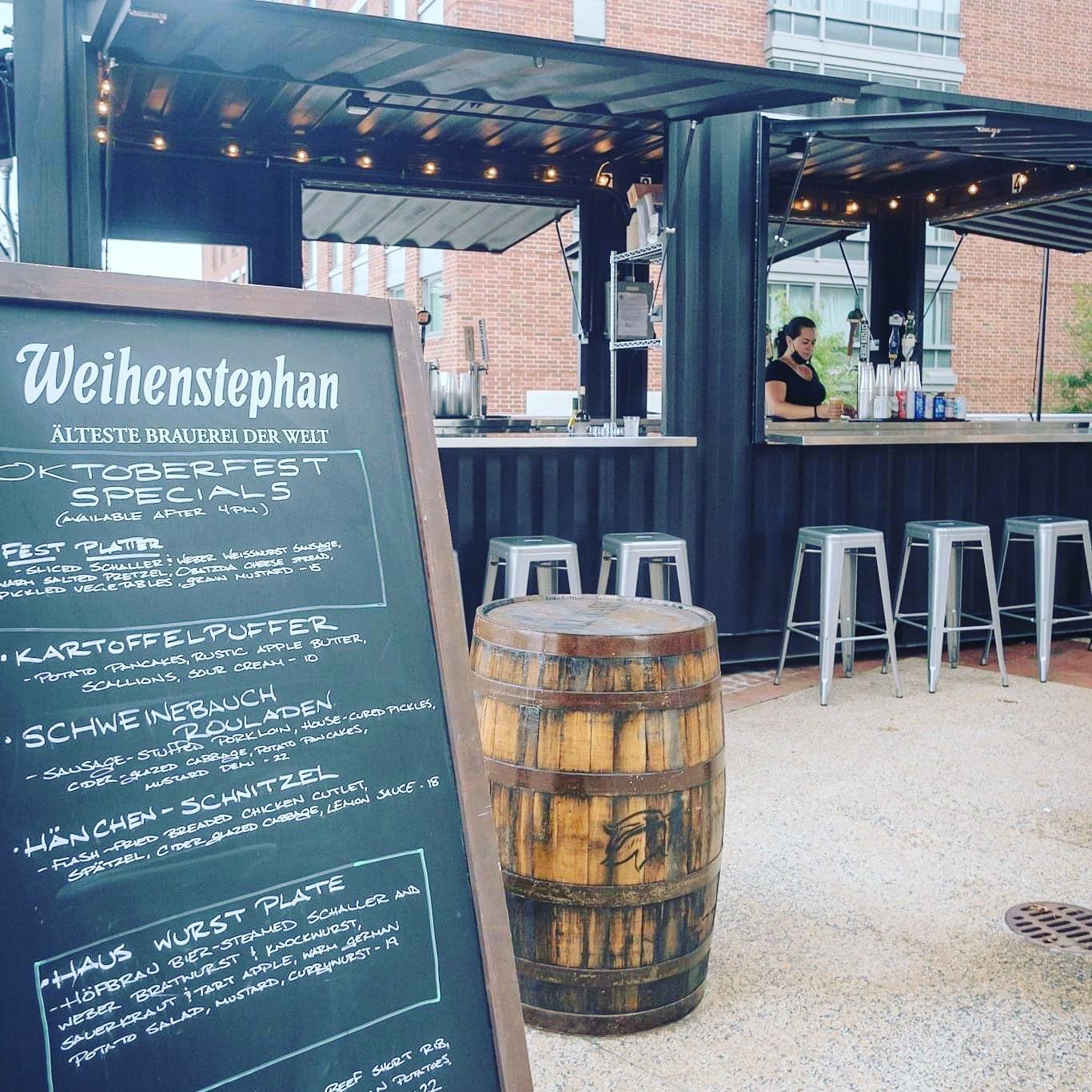
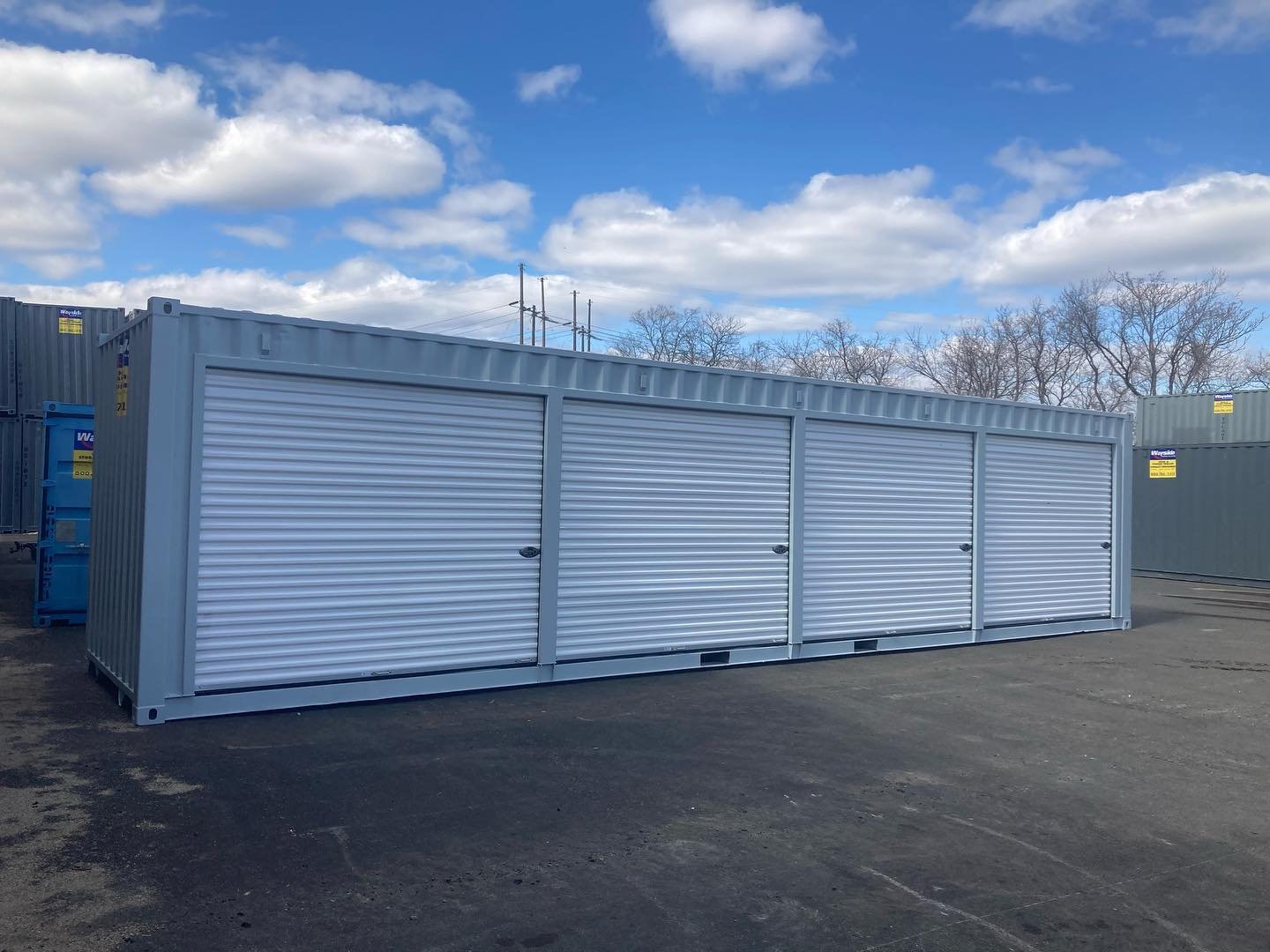
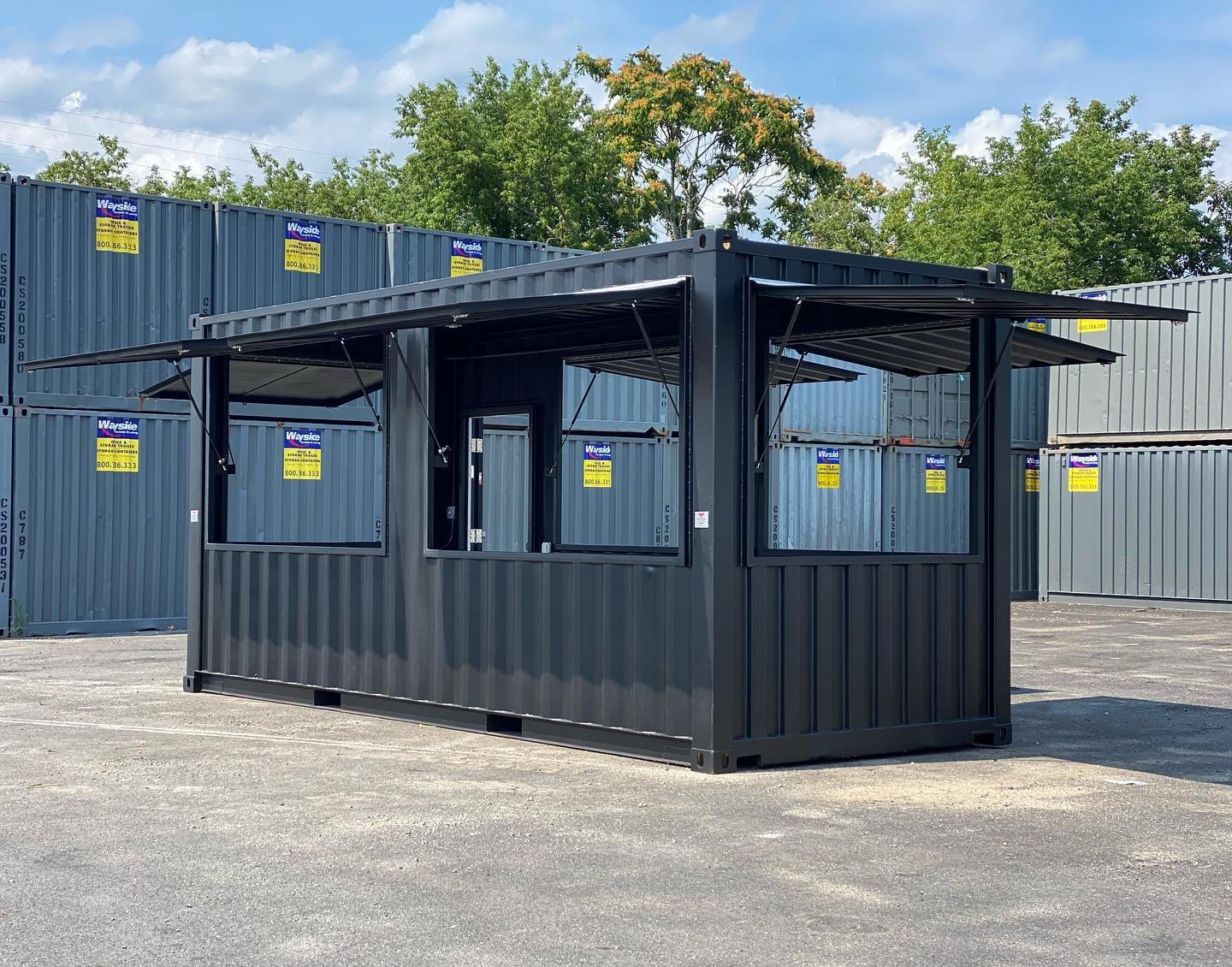

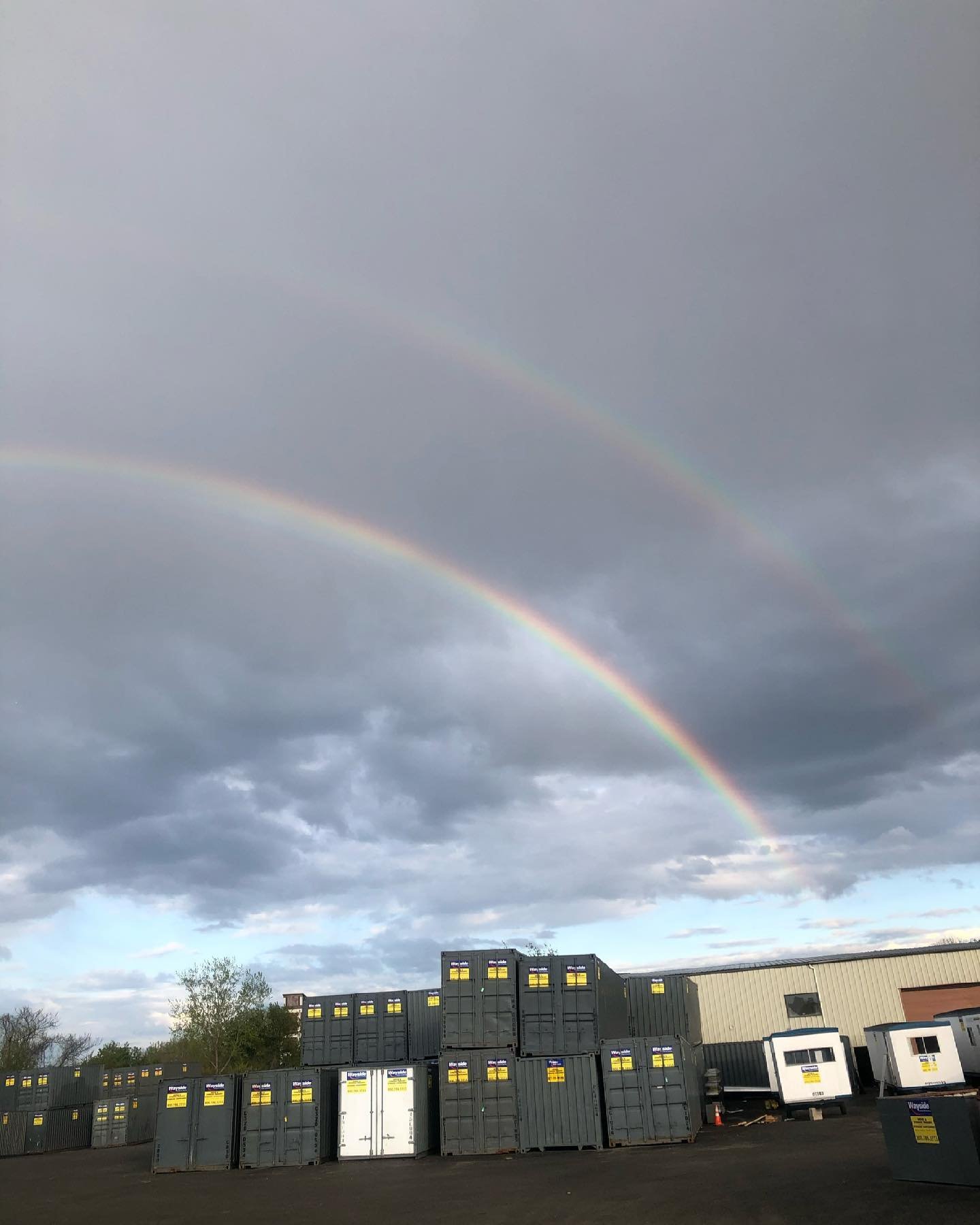
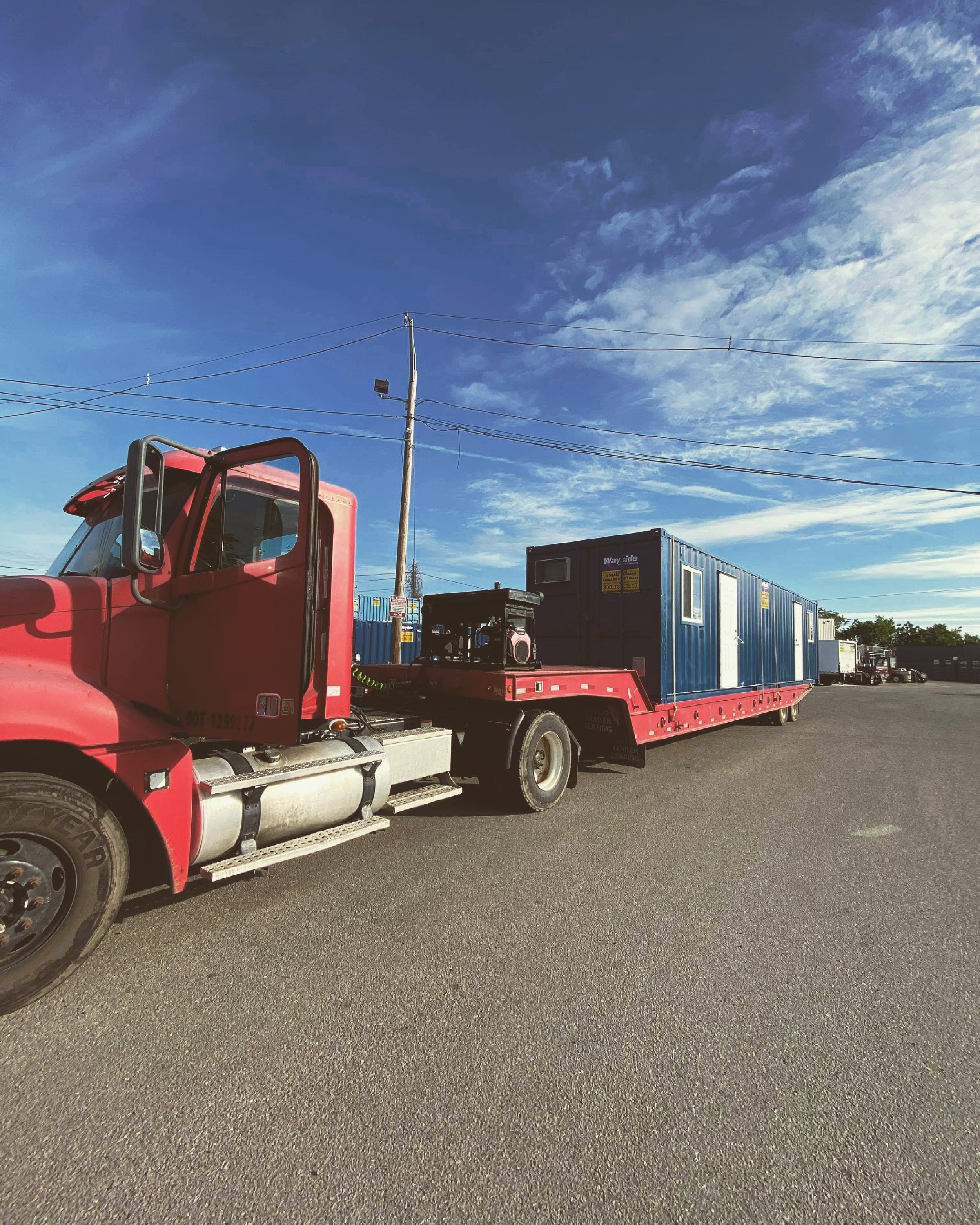

Our Services
-
Wayside provides high-grade, weather-resistant steel shipping containers available in multiple sizes (10-foot, 20-foot, and 40-foot) to accommodate diverse storage needs. These containers feature reinforced lockable doors, vents, and sealed gaskets to ensure protection against moisture, pests, and the elements. They are ideal for temporary or long-term use in scenarios like:
Additional On-site Storage for Seasonal Inventory Overflow
Construction site material management
Home renovations
Event organization
Disaster response
Seasonal storage for landscapers and snow plowers
Supplemental space options, i.e. pop up bar or event space.
-
Wayside offers durable steel storage containers for purchase. These units provide a long-term solution for secure storage and can be customized to fit specific business requirements.
-
Purchasing allows businesses to tailor containers with features like adding windows, shelving, flooring, or roll-up doors (to name a few) for enhanced functionality. Wayside’s shop team can provide or source customization services to enhance container functionality.
-
Containers are delivered directly to customers’ locations by Wayside’s professional drivers and installers. Placement is flexible depending on site accessibility, ensuring minimal disruption during delivery and retrieval.
-
There are so many different uses for storage containers. Wayside’s offerings cater to various industries and scenarios:
Seasonal inventory management—for example, a landscaper needs a place to store snow removal equipment in the spring or summer.
Off-season sports team storage
Equipment storage during renovations or construction
Temporary infrastructure for events or emergencies – for example: a visitor booth for Salem’s Haunted Happenings, an event that takes place in October only and is not needed year-round.
command centers for disaster response teams
Storage during a home renovation or spring cleanout.
Supplemental space for seasonal outdoor seating.
About Wayside
Wayside is a custom and classic shipping container and office trailer business that has delivered innovative storage and modular solutions across New England since 1933. Specializing in customizable shipping containers, scalable workspaces, and portable structures, we serve residential, commercial, and industrial clients by providing sustainable storage solutions.
Call Now: 1.800.786.3313

